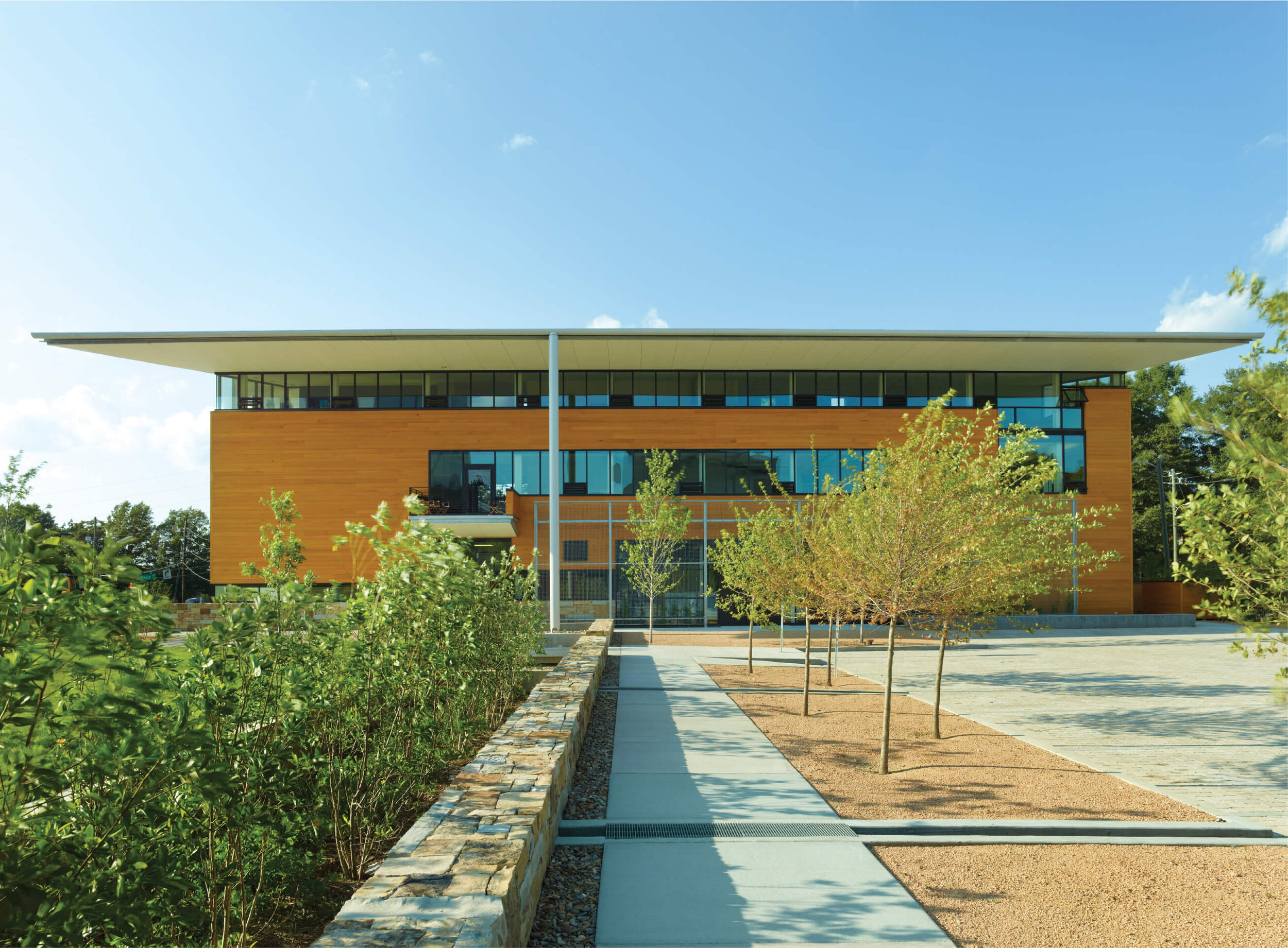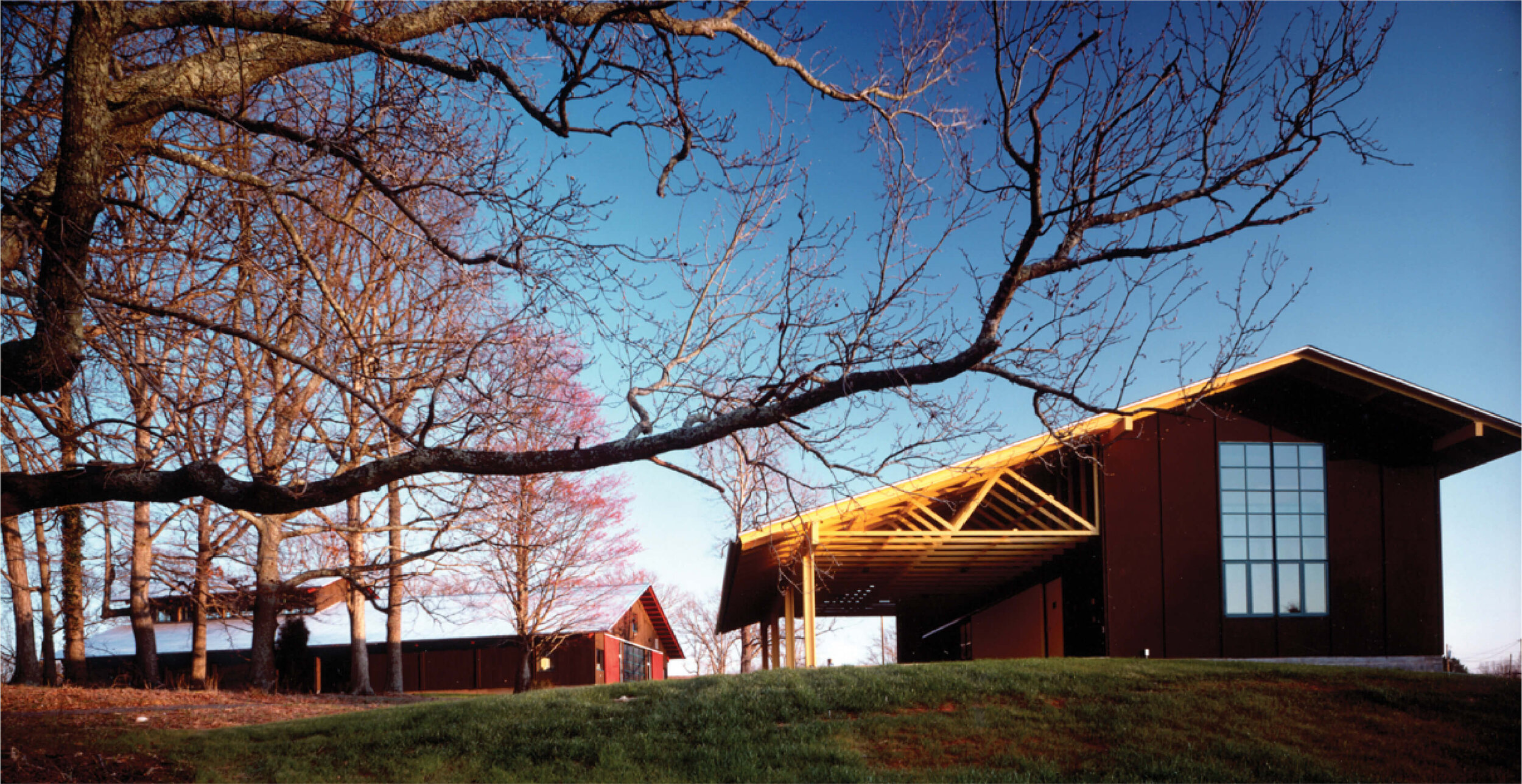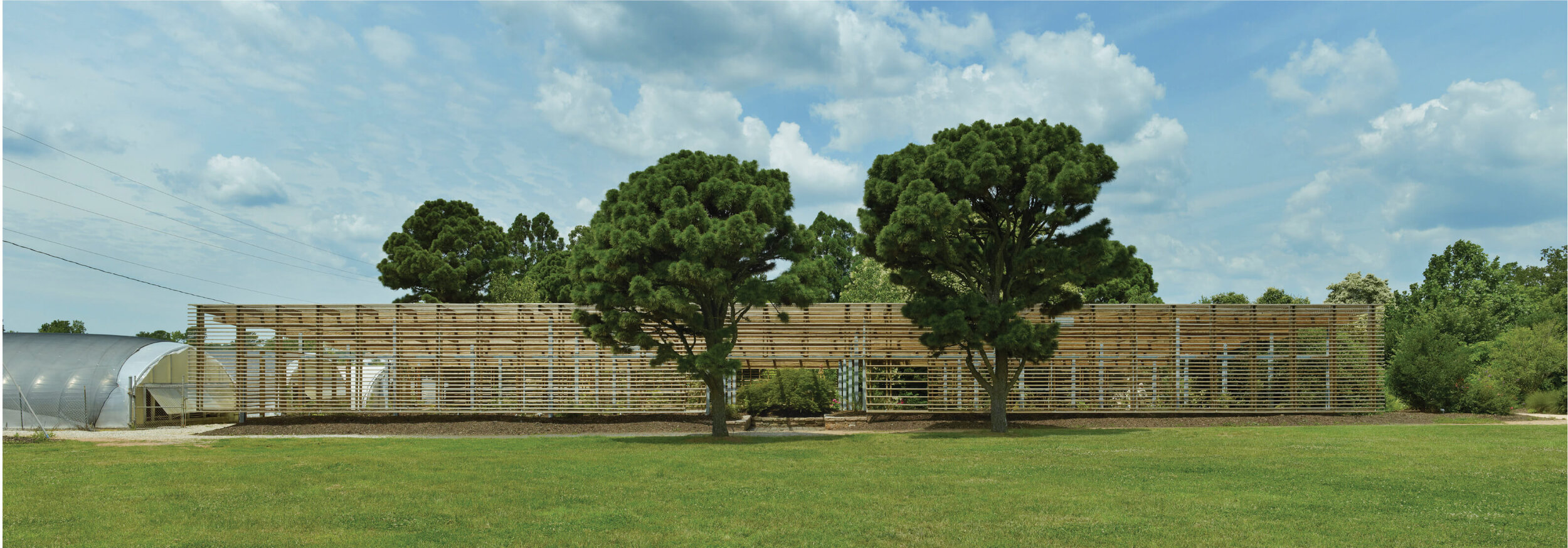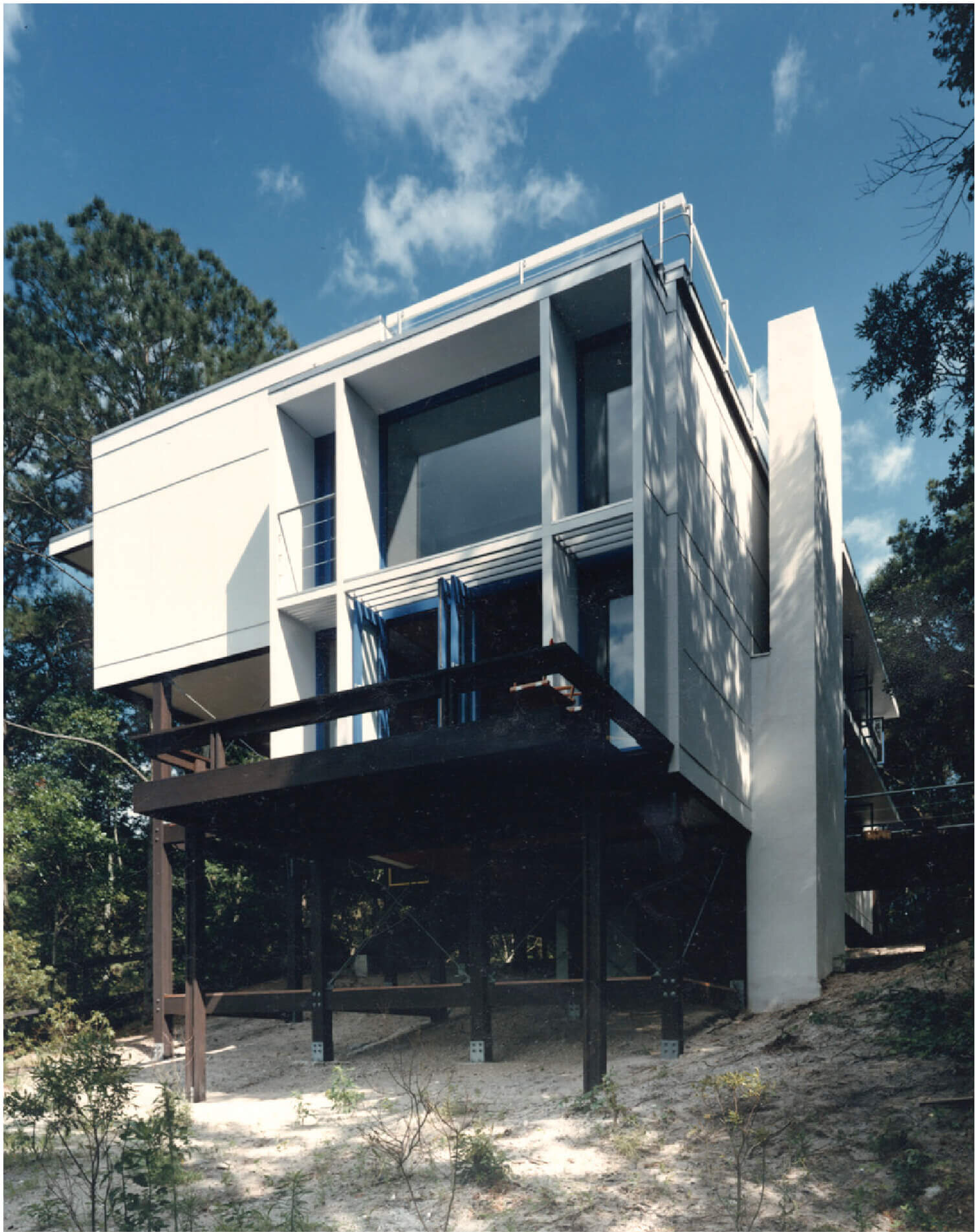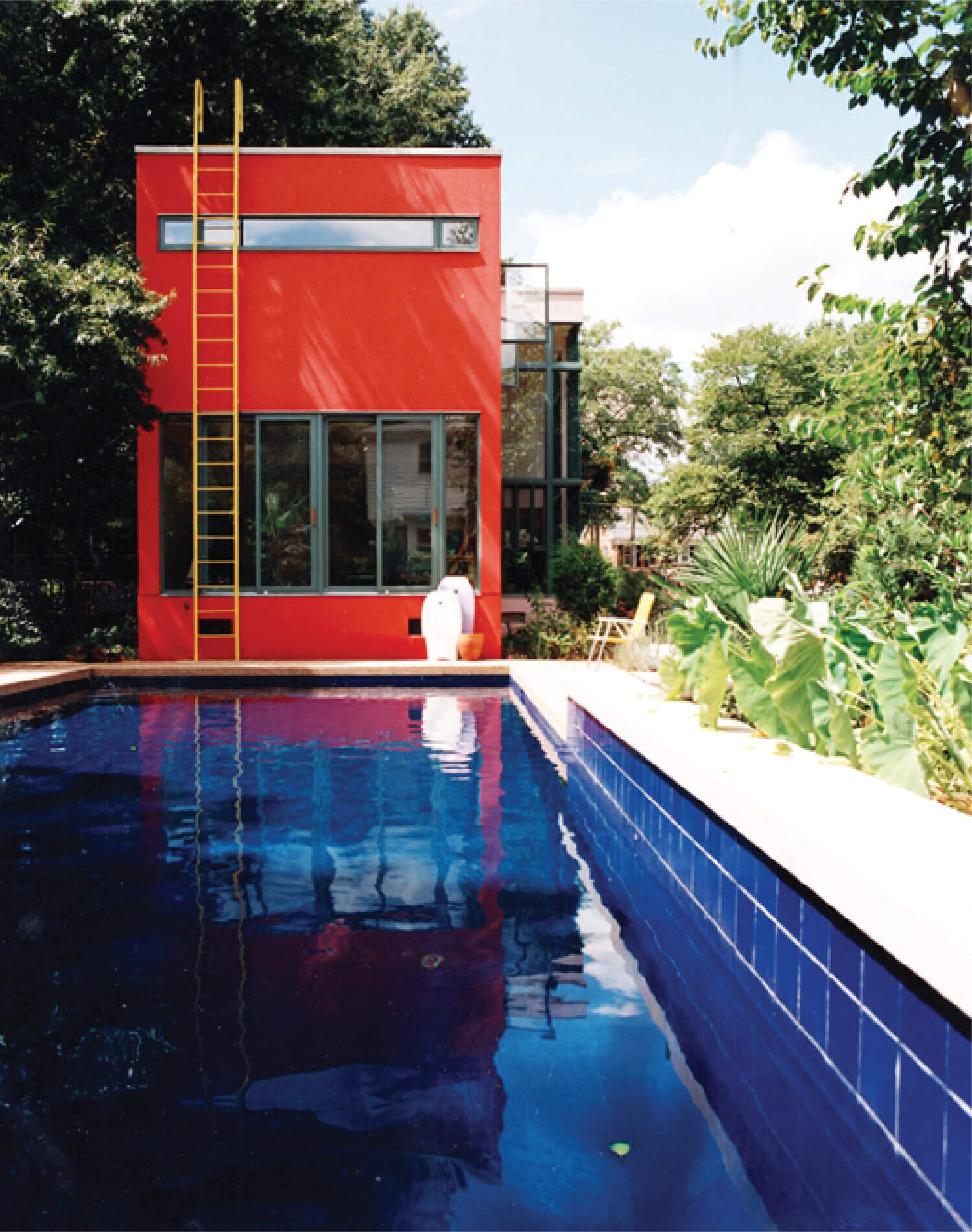
Frank Harmon Architect
Raleigh, North Carolina
A simple pleasure I enjoy each day is drinking tea from a hand-made bowl. I know that a potter made the bowl, and touching its shape I indirectly touch his or her hands. It’s also possible to imagine the creek bottom where the clay was dug, and the geology that millions of years ago laid down the earthy sediment that I now hold in my fingers. In this way, however small, I feel a connection to the world.
I believe that one of the primary goals of architecture is to make it possible for people to understand the world around them. If we sense that a building is rooted in the earth and warmed by the sun, that fresh air flows through its windows and its materials are friendly to the touch, then we may feel that the building belongs to its place, and so do we.
I am not certain that architecture, whether a house or town, can always have the friendly familiarity of a hand-thrown clay bowl. But I am certain there is virtue in trying.
“To be expressed, an idea must be built. To be built, it must be particularized, localized, set within a region. And what are important are not the limitations of the subject but the resources of the region. A region’s most important resources are its free minds, its imagination, its stake in the future, its energy and, last of all, its climate, its topography and the particular kind of sticks and stones it has to build with. It is the free minds, the imagination, the stake in the future that make up the state of mind that is the condition necessary for any kind of regionalism in architecture worth preserving.... In my opinion...a regional expression at its highest is the expression of liberation.”
— from “Regionalism and Nationalism” by Harwell Hamilton Harris; Harwell Hamilton Harris: a collection of his writings and buildings; School of Design, North Carolina State University Archives, Raleigh, NC USA; ©1965
